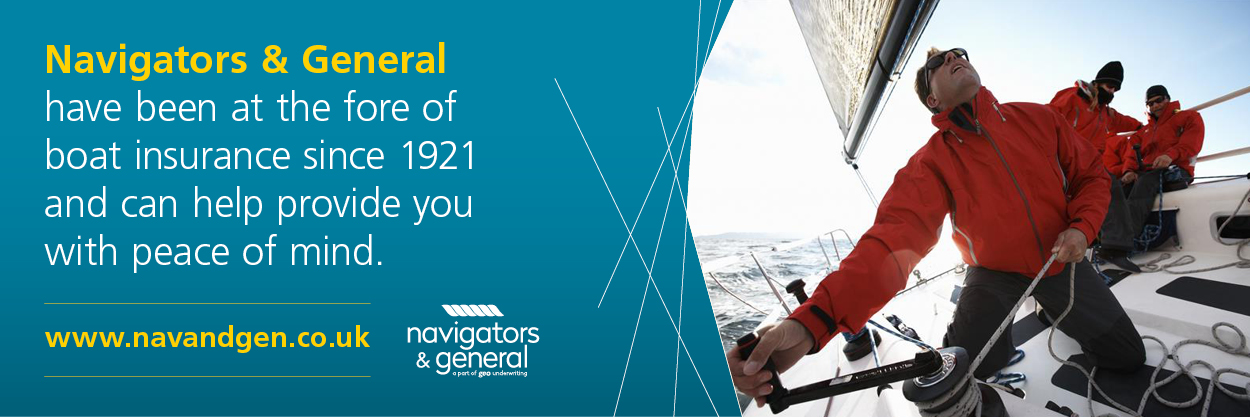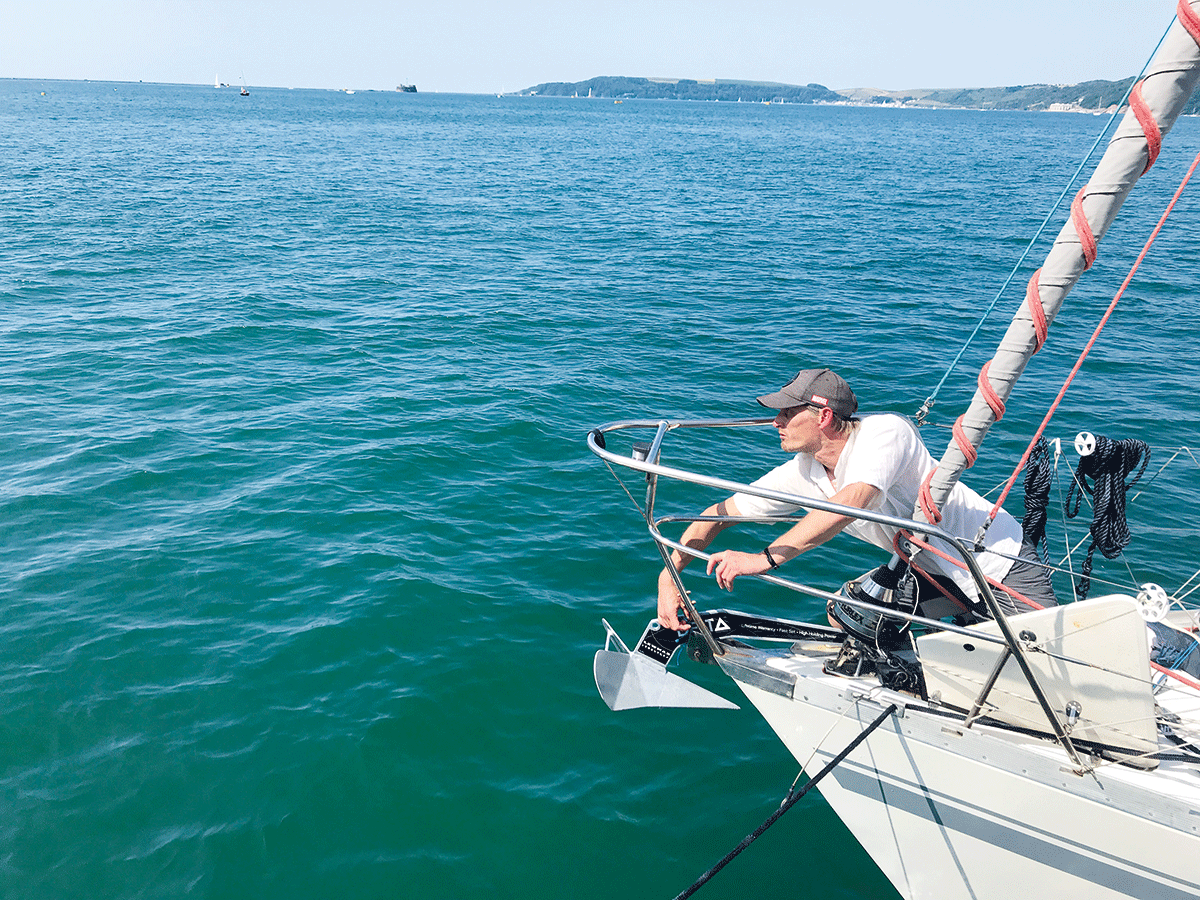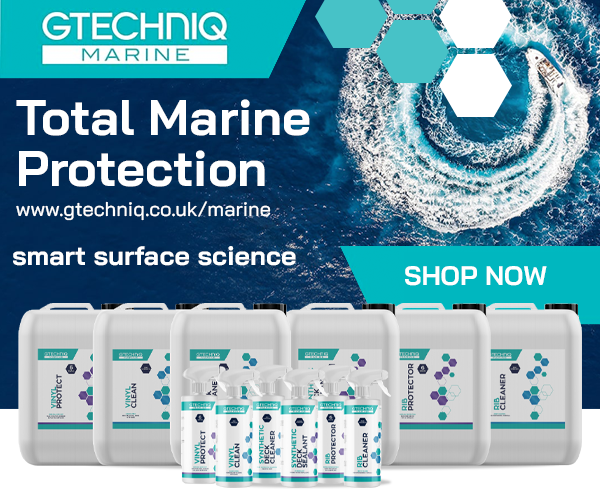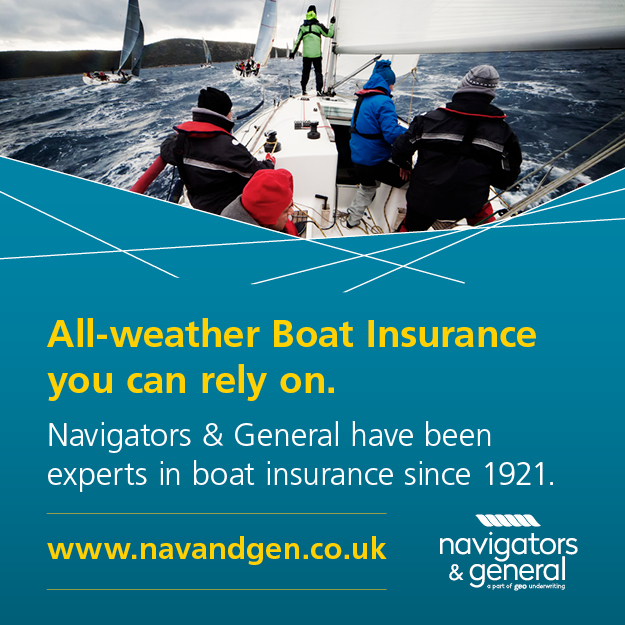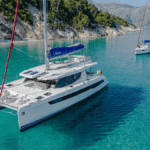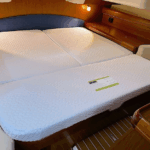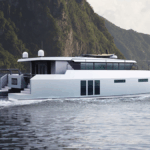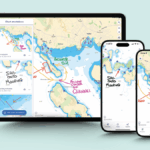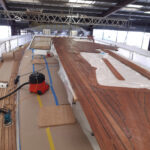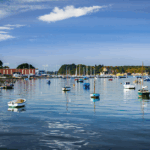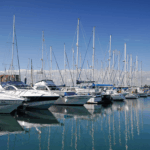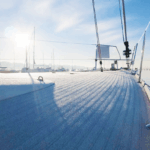Here we share some invaluable advice on how to minimise your impact when anchoring, from the RYA’s environmental programme, The Green Blue.
How you choose to anchor your boat during a break from exploring can have a large impact on the condition of the seabed that you leave behind. Vulnerable seabed habitats can be damaged by anchor chains uprooting and degrading plant life.
Research, research, research
Before your trip, find out if there are any protected seabed habitats in the area you are intending to anchor. You can search for protected seabed habitats by visiting the ‘Anchoring with Care’ page on The Green Blue website. If possible, try to use an existing mooring. Knowing the area will also help navigation and allow you to avoid shallower waters where habitats and vegetation such as seagrass is more likely to be found.
Choose the correct anchor
When an anchor is lowered it becomes embedded in the seabed and can be dragged by the tide, directly uprooting roots in the seabed. Choosing the correct anchor for the type of seabed can help minimise drag. Even if you think the anchor is holding well, check it periodically to ensure it is not dragging – if it is, raise the anchor and re-deploy.
Use the right amount of chain
Flake out the correct amount of chain (4 x max depth at high water) or if using a chain and warp (6 x maximum depth at high water) to help keep the length of chain to a minimum and minimise unnecessary additional chain abrasion on the seabed below. A top tip is to mark the chain every 1m and 5m lengths, making it easier to measure the amount of chain used.
Find ground clear of vulnerable habitats
When anchoring, try to target bare sand away from the edge of seagrass beds. When deploying the anchor consider the pivot area of your anchor chain to ensure it avoids encroaching into the protected habitat. Even if you think the anchor is holding well, check it periodically.
Do not drag the anchor
When leaving an anchoring site, pull the chain in slowly and move the bow of the boat until it is over the anchor itself. Use a trip line to help pull the anchor upwards for smoother extraction. If the boat is pulling back away from the anchor, you may need to slowly motor towards the anchor as the crew pulls in the slack and raises it.
Hold fast
Once anchored, you should identify a reference point across the shoreline; this will help you to check that the anchor is not moving and dragging along the seabed.
Remember – any part of anchoring that interacts with the seabed has the potential to damage any habitats that exist there. By adopting this anchoring best practice, we can all help protect the boating environment that we rely on for our enjoyment and well-being.
Learn more
The free ‘Green Guide to Anchoring and Moorings’ is available to download from The Green Blue website, hard copies are also available on request.




